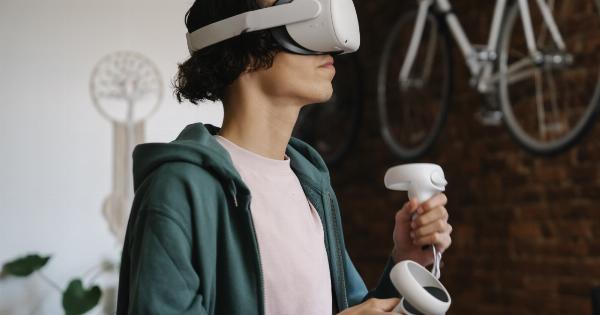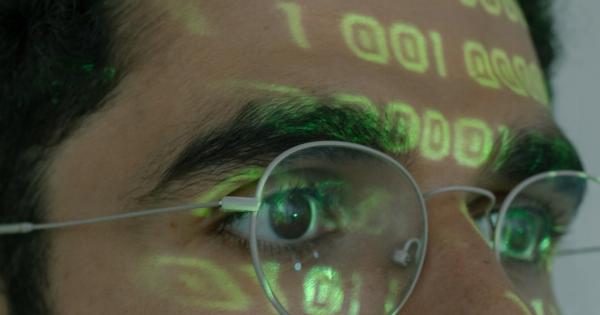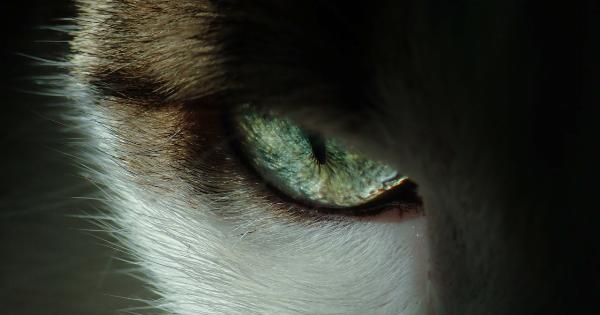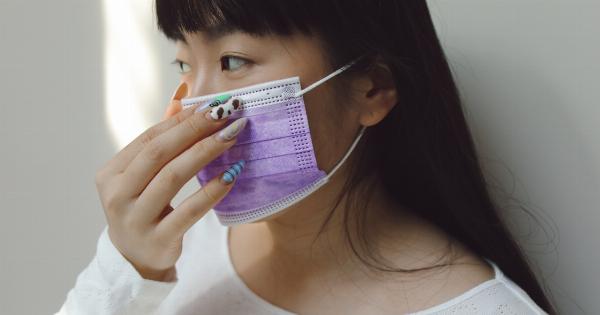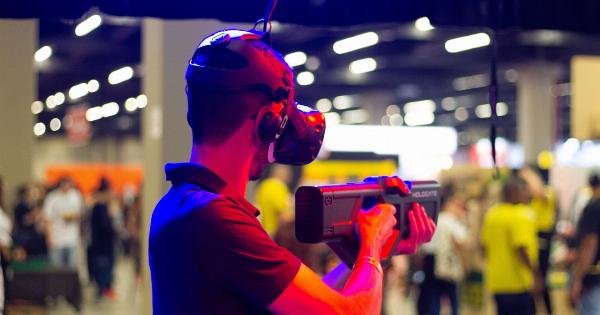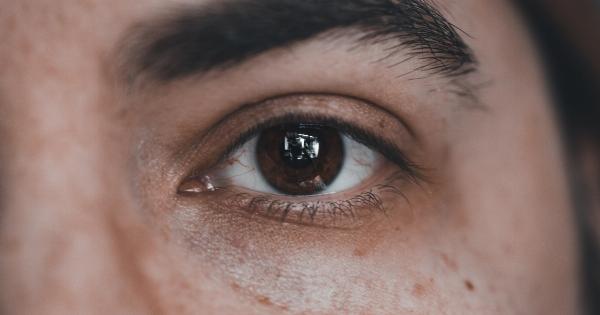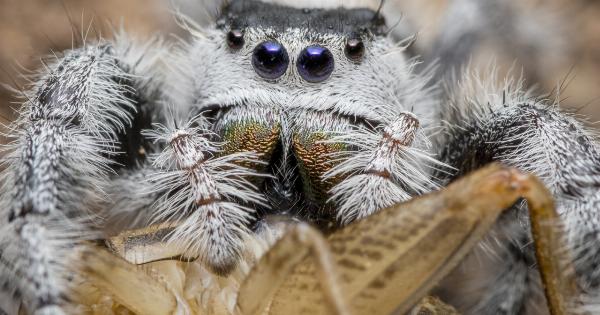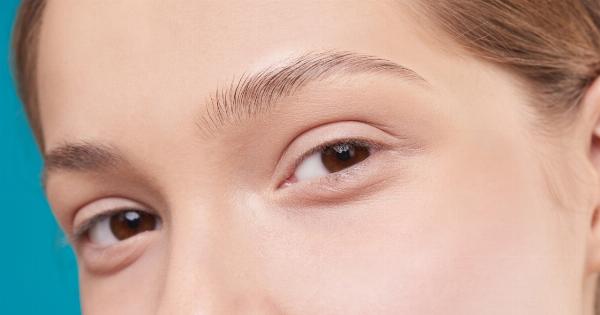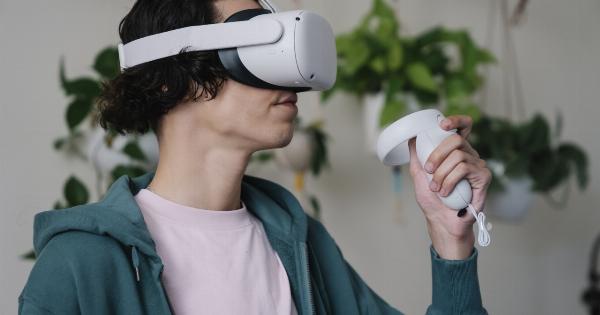When newborns enter the world, their vision is still in the early stages of development. Over time, their visual abilities begin to sharpen, allowing them to explore and make sense of their surroundings.
In this article, we will delve into the fascinating process of how newborns form their visual abilities.
1. Visual Stimulation
From the moment they are born, newborns are exposed to visual stimuli in their environment. Visual stimulation plays a crucial role in the formation of their visual abilities.
The vibrant and contrasting colors, shapes, and patterns in their surroundings help stimulate their visual system and promote neural connections.
2. Focusing and Tracking
At birth, a newborn’s ability to focus on objects is limited. However, over time, they develop the capability to focus on objects both near and far. The process of focusing helps them develop depth perception and binocular vision.
Additionally, newborns gradually learn to track moving objects with their eyes, enhancing their visual tracking skills.
3. Recognition of Faces
One of the most incredible aspects of newborn visual development is their ability to recognize faces, particularly that of their caregiver.
From as early as a few weeks old, infants can distinguish between different faces and show a preference for familiar faces. This ability is crucial for social interaction and bonding.
4. Visual Acuity
Visual acuity refers to the sharpness of vision and the ability to discern fine details. At birth, a newborn’s visual acuity is relatively poor compared to that of an adult.
However, as their visual system matures, their visual acuity gradually improves. By the time they reach six months of age, their visual acuity is nearly equal to that of an adult.
5. Color Vision
Initially, newborns have limited color vision, and their perception is mainly based on contrasts in brightness. However, as they grow, their ability to differentiate between different colors develops.
By three to four months of age, infants can perceive a wide range of colors, helping them to interpret their environment more accurately.
6. Depth Perception
Depth perception is the ability to perceive the world in three dimensions and judge distances accurately. As newborns, their depth perception is still rudimentary.
However, through exposure to various visual cues such as relative size, motion parallax, and binocular disparity, their depth perception gradually improves.
7. Pattern and Shape Recognition
Newborns have a natural inclination towards patterns and shapes, which aids in their cognitive development, visual processing, and memory formation.
As their visual abilities develop, they become adept at recognizing and discriminating between different patterns and shapes, laying the foundation for cognitive growth.
8. Visual Integration
Visual integration refers to the ability to combine visual information from both eyes into a coherent perception. Initially, newborns have a limited ability to integrate visual input.
However, as their visual system matures and they gain better control over their eye movements, visual integration improves, enhancing their overall visual experience.
9. Eye-Hand Coordination
As newborns gain more control over their motor skills, their ability to coordinate their hand movements with their visual input gradually improves.
This development is crucial for their exploration of objects and the refinement of their fine motor skills.
10. Sensory Integration
Visual development in newborns is closely intertwined with the development of their other senses. The integration of visual, auditory, and tactile information enhances their overall perception and understanding of their environment.
As they grow, their ability to integrate sensory information becomes more sophisticated.

